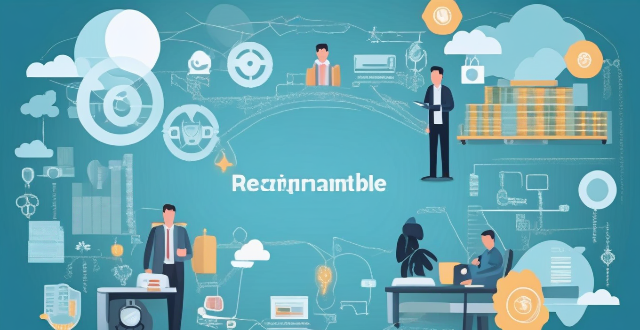Environmental subsidies aim to promote sustainable development. Their effectiveness can be enhanced by setting clear objectives, ensuring transparency, adopting market-oriented strategies, maintaining technology neutrality, engaging stakeholders, and employing adaptive management techniques.

How Can We Improve the Effectiveness of Environmental Subsidy Policies?
Introduction
Environmental subsidies are financial incentives provided by governments to support activities that promote sustainable development and protect natural resources. These policies aim to reduce environmental degradation, encourage renewable energy adoption, and foster green innovations. However, their effectiveness can be improved through various measures.
Key Strategies for Enhancing Effectiveness
Clear Objectives and Targets
- Define clear objectives: Set specific, measurable, achievable, relevant, and time-bound (SMART) targets for each subsidy program.
- Align with national goals: Ensure that subsidy programs align with broader environmental and economic objectives.
Transparency and Accountability
- Public disclosure: Make subsidy policies and their outcomes publicly available to enhance transparency.
- Monitoring and evaluation: Continuously monitor progress and evaluate the impact of subsidies on both environment and economy.
Market-Oriented Approaches
- Incentivize competition: Create competitive environments where multiple solutions can coexist, driving innovation and efficiency.
- Performance-based incentives: Link subsidies to measurable environmental performance indicators rather than just input or deployment.
Technology Neutrality
- Avoid technology lock-in: Avoid favoring specific technologies over others; let the market decide which solutions are most effective and efficient.
- Support research and development: Allocate subsidies towards R&D in emerging technologies to foster innovation.
Stakeholder Engagement
- Collaborative decision-making: Involve all stakeholders, including businesses, NGOs, and the public, in policy design and implementation.
- Capacity building: Invest in education and training programs to build local capacity for sustainable practices.
Adaptive Management
- Flexibility: Allow for adjustments based on new scientific findings or changes in technological or market conditions.
- Learn from successes and failures: Regularly review policies and learn from both successful cases and those that did not achieve their intended results.
Conclusion
Improving the effectiveness of environmental subsidy policies requires a multifaceted approach that includes setting clear objectives, ensuring transparency and accountability, adopting market-oriented strategies, maintaining technology neutrality, engaging stakeholders, and employing adaptive management techniques. By implementing these strategies, governments can maximize the positive impact of environmental subsidies on sustainability efforts.